Hung-Duen Yang discusses milestones in room-temperature superconductivity research and physicists’ race for Nobel Prize
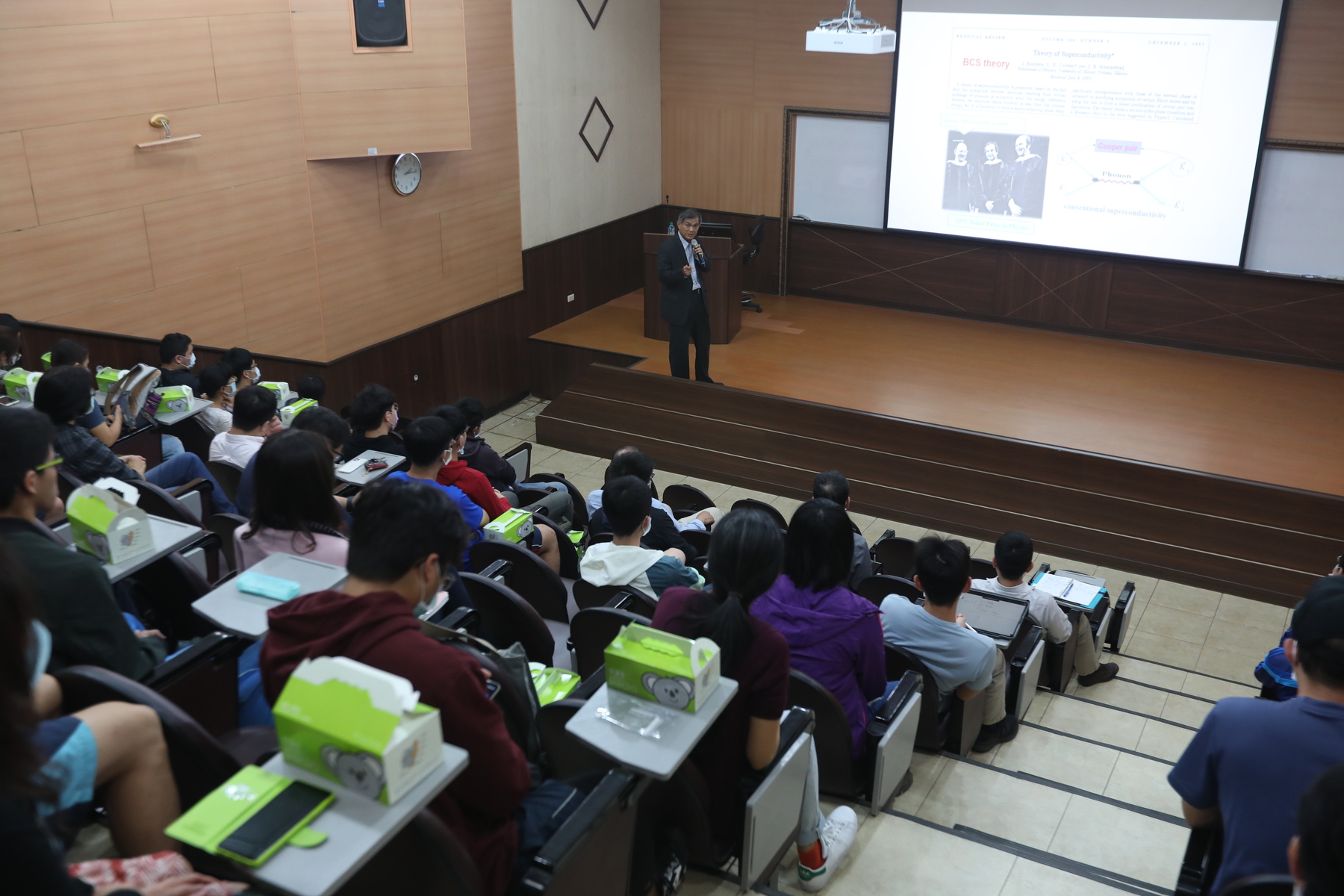
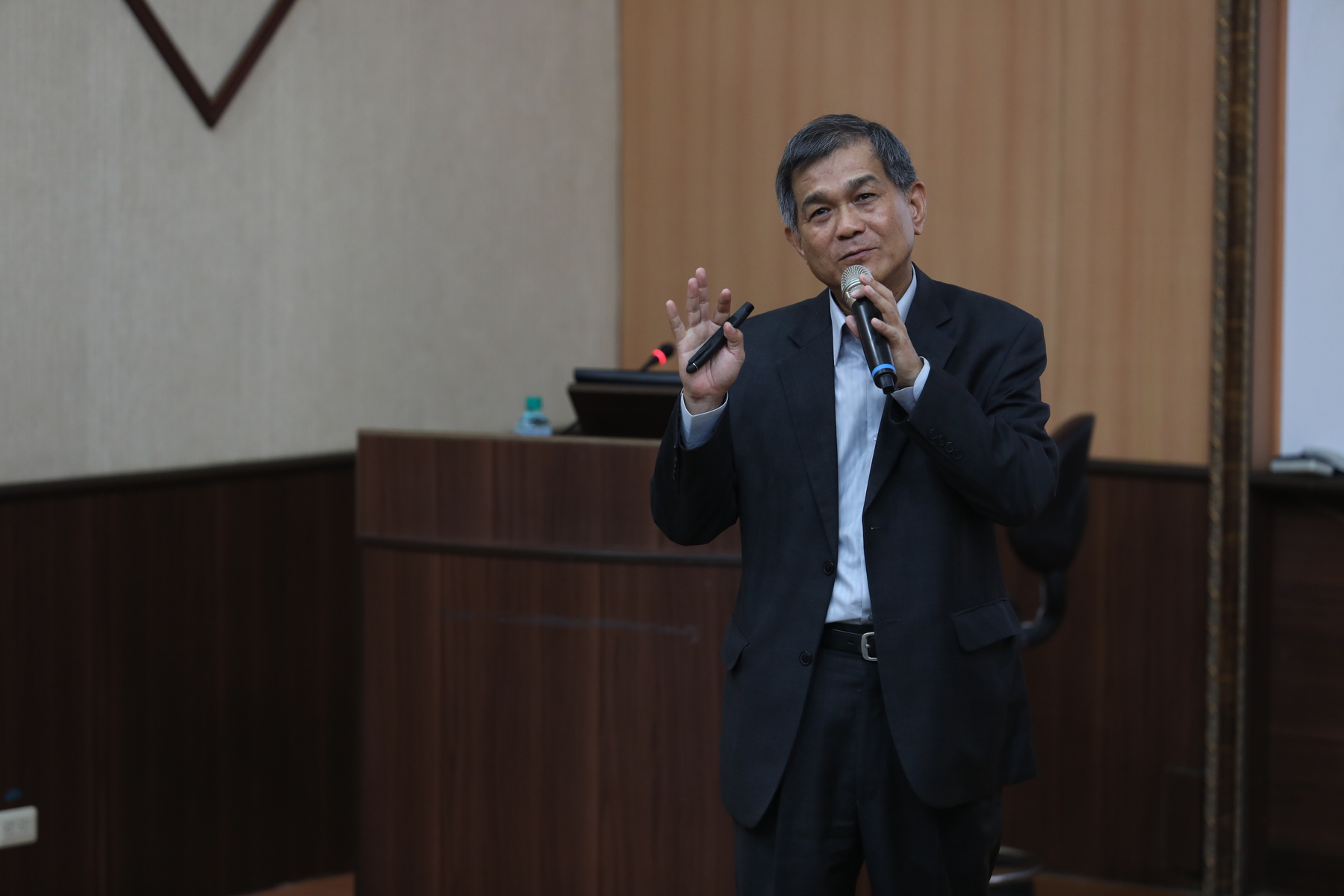
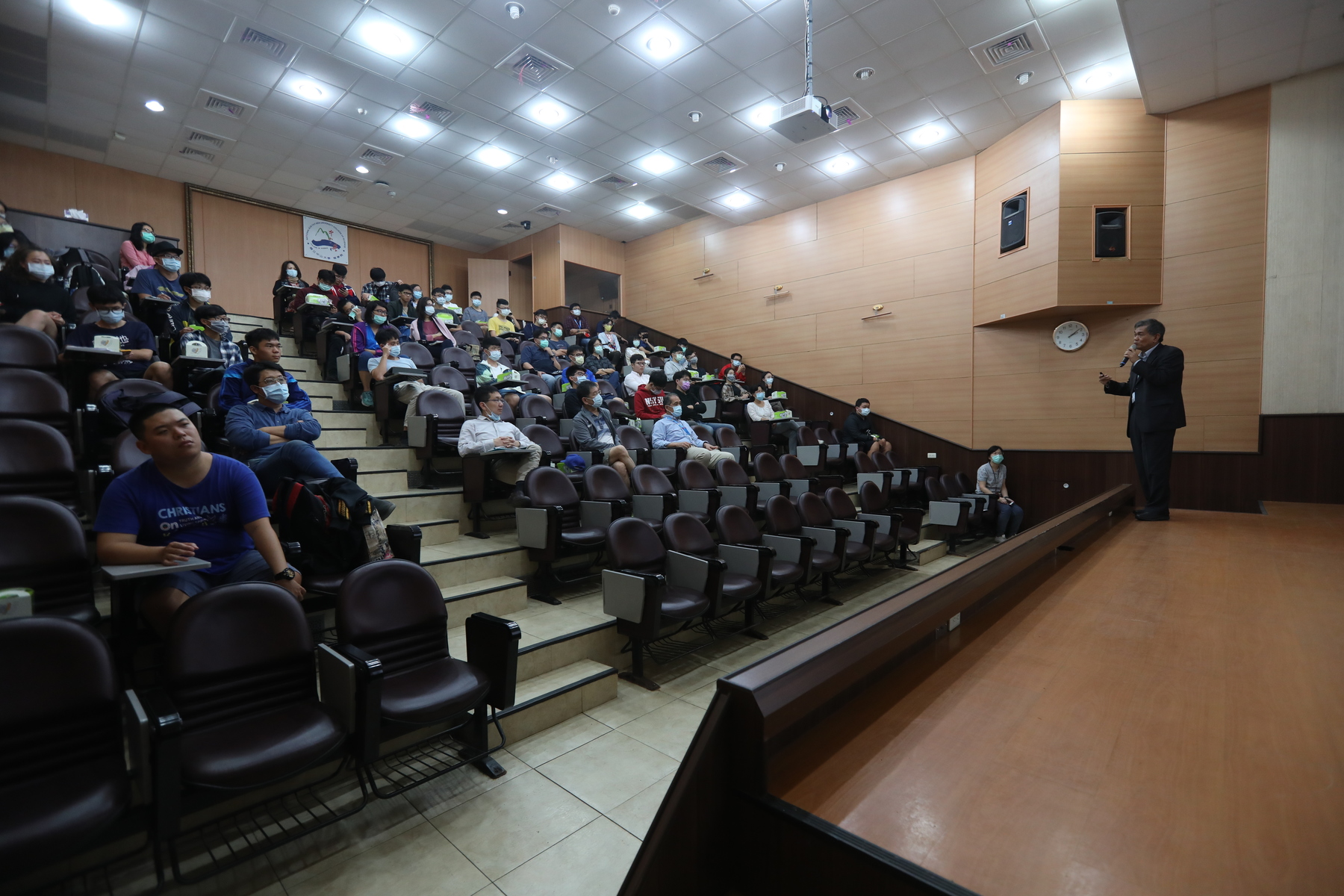
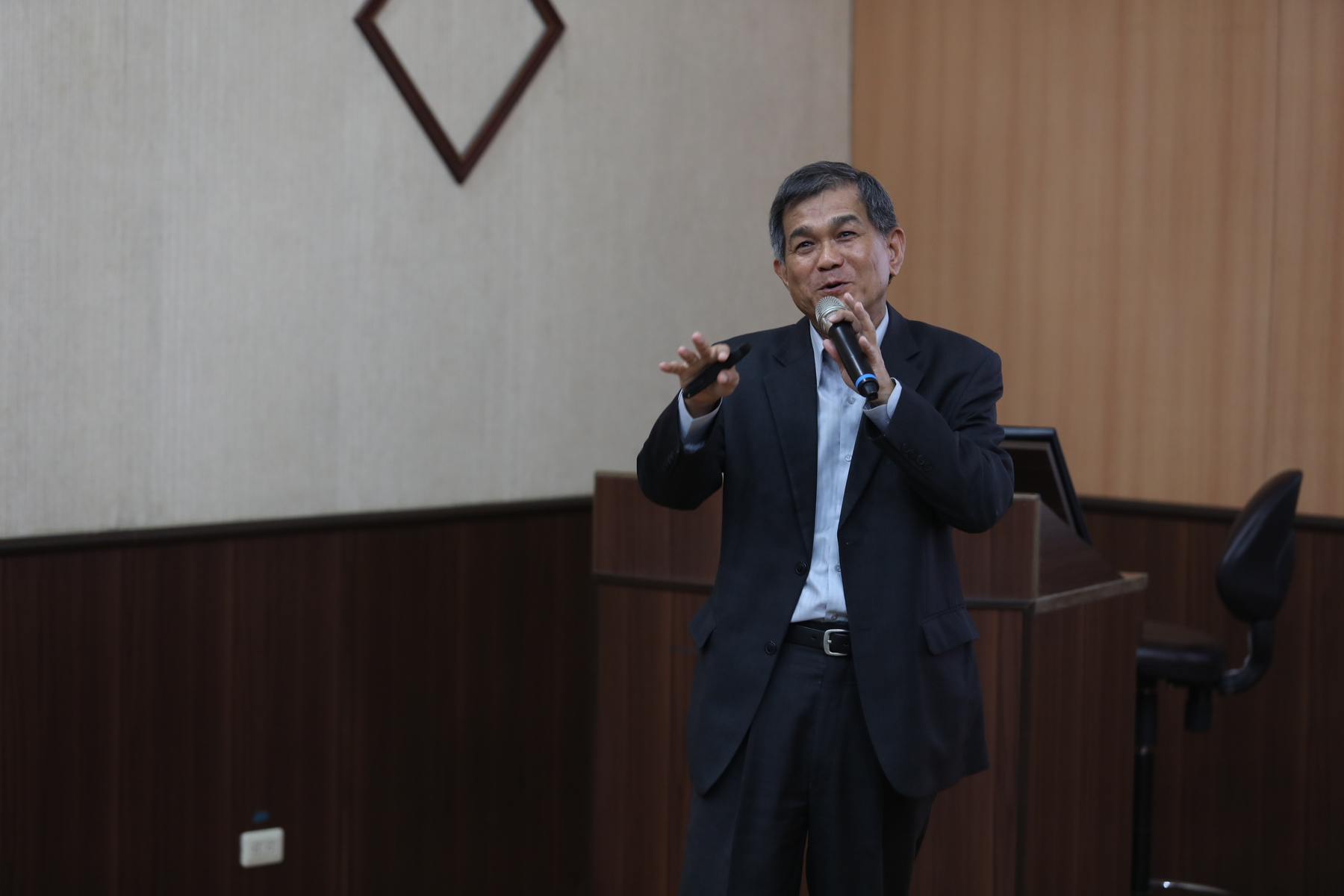
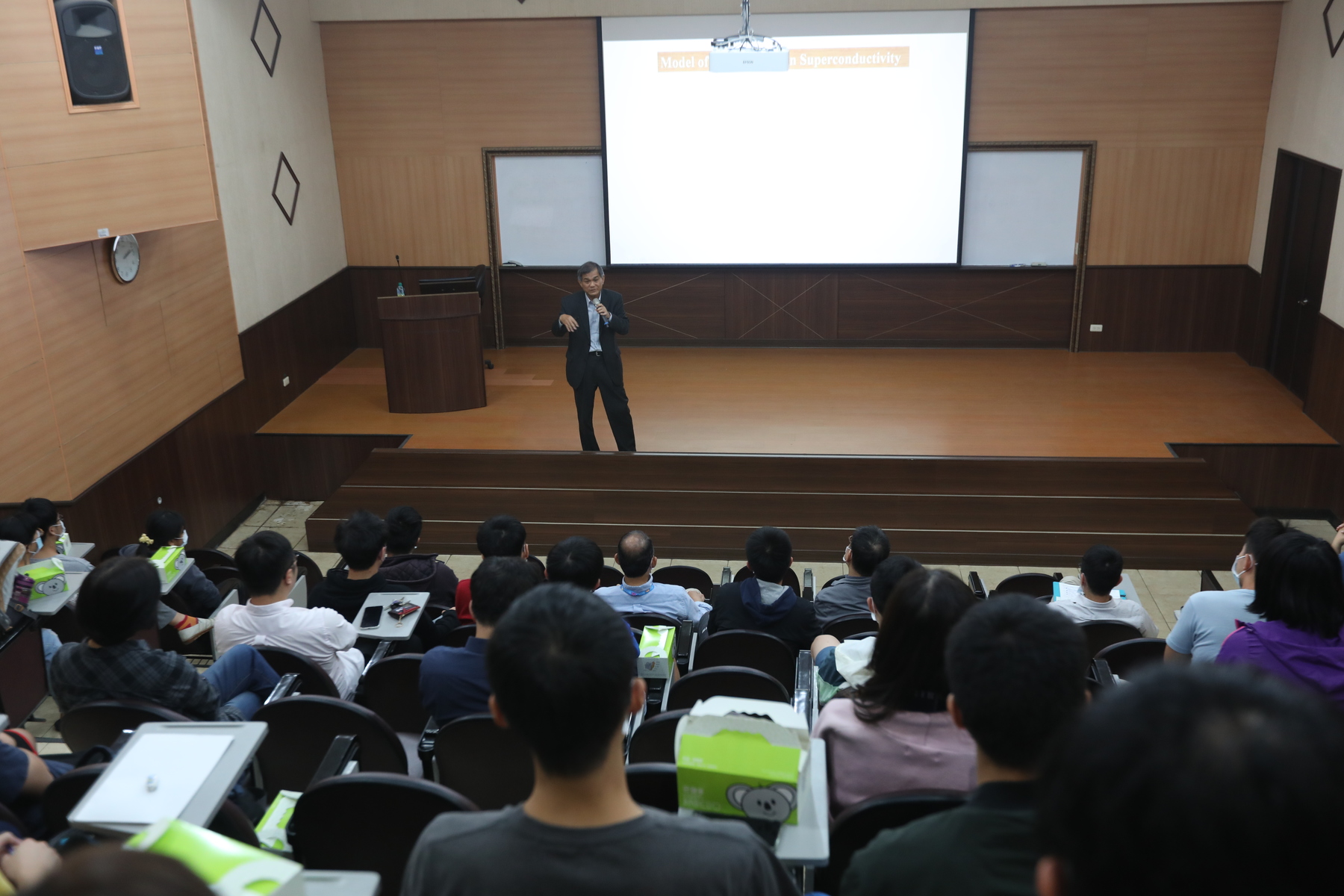
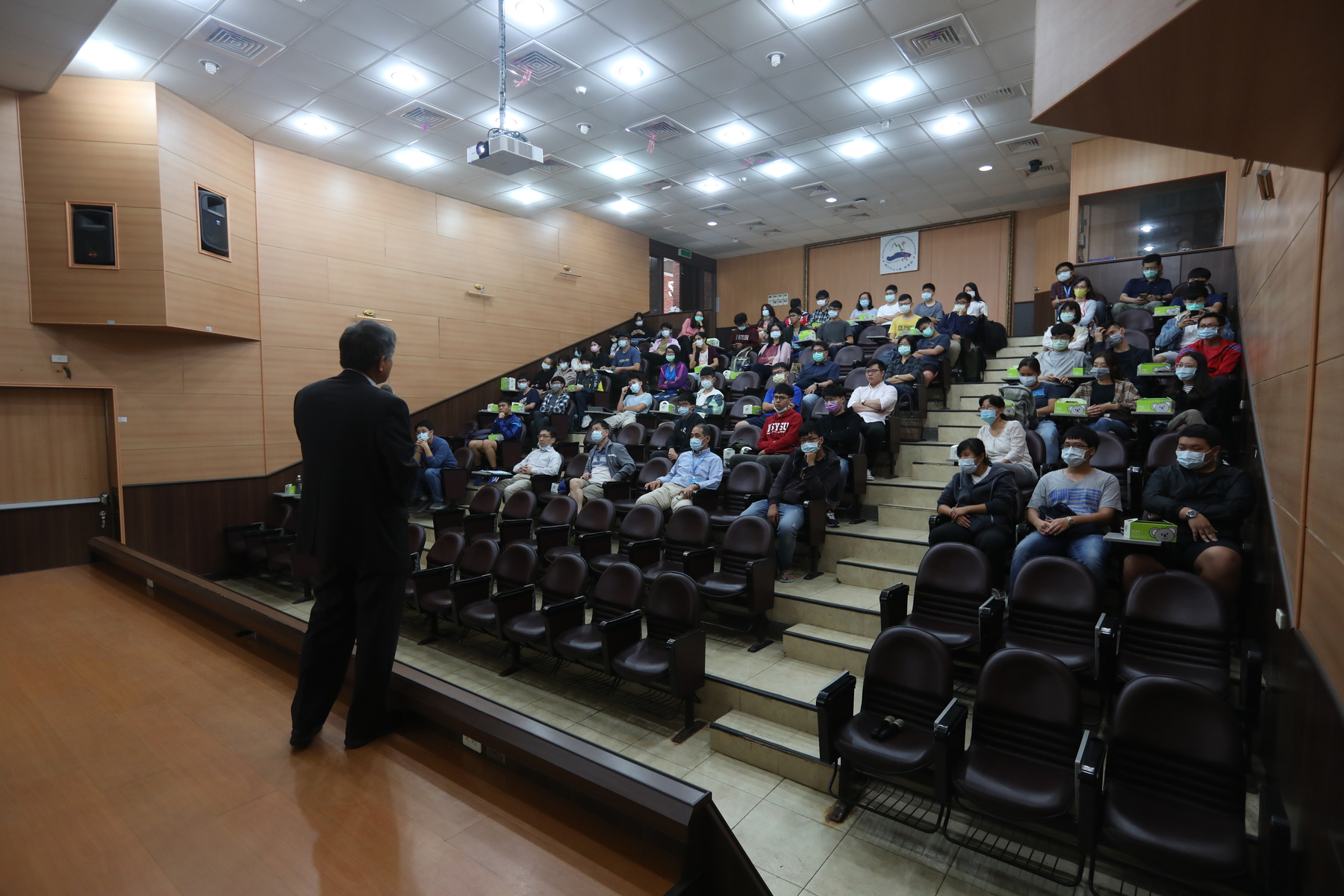
2020-01-18
(Provided by Teaching and Learning Development and Resources Center) Former President of NSYSU and Professor of the Department of Physics Hung-Duen Yang was invited by the College of Science to give a lecture on scientists’ race for the Nobel Prize for the work in the field of room-temperature superconductors. Yang said that three necessary ingredients for success in the race for the Nobel Prize are: a pinch of luck, a grain of chance, and a discovery that can move a mountain. The event was part of the series of lectures on Nobel Prize laureates organized by the Teaching and Learning Development and Resources Center.
Professor Yang discussed the process of research on superconductors, discovered by Heike Kamerlingh Onnes in 1911, an achievement that brought him the Nobel Prize in Physics in 1913. However, the materials he discovered became superconductive only below the critical temperature (Tc) of 4 K, which could be achieved only with very expensive liquid helium. Thus, from then on, researchers concentrated on searching for superconductors with a higher Tc. After 40 years of efforts, in 1952, three scientists: Bardeen, Cooper and Schriffer put forward the BCS theory, explaining the phenomenon of superconductivity and won them the Nobel Prize in Physics in 1972.
Unfortunately, the BCS theory predicted that the limit of Tc would not exceed 35 K, which was a heavy blow to scientists at that time. The scientists thus tried to find a superconductor that could not be explained by the BCS theory and break its 35 K temperature limit of superconductivity, said Professor Yang. Finally, in 1986, two Swiss scientists – Müller and Bednorz discovered a material containing copper oxide that becomes superconductive in a temperature of above 30 K, which led to subsequent research on high-temperature superconductivity. Following these clues, in early 1987, two Taiwanese scientists – M. K. Wu and C. W. Chu discovered yttrium barium copper oxide (Y-Ba-Cu-O), a material with a high critical temperature of around 93K, successfully breaking the temperature barrier of 77K for liquid helium. This discovery also made Karl Müller and Johannes Bednorz win the Nobel Prize in Physics in 1987. Professor Yang regretted that M. K. Wu and C. W. Chu had lost the race for Nobel Prize, but said that their discovery highly improved and triggered the research on superconductivity and was a great inspiration to the scientific community.
After the discovery of superconducting materials with high critical temperatures of above 77K, there are still three challenges left for scientists: finding more high-temperature superconducting materials with applications different from those containing copper oxides, formulating high-temperature superconductivity theories and finding superconductors that operate at room temperature. In 1987, an American physicist Philip Warren Anderson proposed the Resonating Valence Bond (RVB) high-temperature superconductivity theory, the most authoritative so far. A study published in Nature this year announced the discovery of a room-temperature superconductor – carbonaceous sulfur hydride system, which achieves Tc ≈ 287 K under the atmospheric pressure of above 2 mln atm (267 GPa). "Many students have asked me if this research will win its authors the Nobel Prize," said Professor Yang. He said that such probability cannot be excluded, however, there are two unfavorable factors: first, the condition of 2 mln atm is too stringent, secondly, the components of the material – carbon, hydrogen and sulfur – non-metals, with have poor mechanical ductility and are not very good processing materials. Thus, although the research is scientifically inspiring, time and scientists’ efforts will prove whether this material can be applied on a large scale.
